How to have a good day - Book Review
Contents
This blog post is a quick summary of the book “How to have a good day”, by Caroline Webb

Context
For some reason, my reading in the last few months has been skewed towards books that offer productivity hacks. Can’t seem to reason out why. Bought this book as an impulse purchase and read walked the book. Over a period of 4 days of long walks, managed to read this book from cover to cover. Was it worth the time ? Well, there are many aspects of the book that are mentioned in other books, so the book is a personal take on all the hacks that are already mentioned in other books. The lens that the author uses to view all these hacks is from a combination of psychology, behavioral science and neuroscience. Developments in each of the individual fields has given us an opportunity to view our world from a hybrid lens, thus giving us a better understanding of many issues plaguing our professional and personal lives.
The book grew out of author’s desire to figure out what it takes to respond to question “Did you have a good day ?” with a cheery “Yes, thanks”. Most of the responses that you get in the corporate world would be “Surviving”, “Not Bad”, “Same Same”, “Usual stuff”, “getting by”. It is usually only a small percentage of people who respond with “Yes, very productive”, “Yes,very engaging”. Do organizations really provide a chance for us to experience highly engaging days ? Do we create environments around us so that we have a good day, irrespective of the outcomes ?
The book is organized around seven building blocks that echo the themes in answers around “Did you have a good day?” question. These seven building blocks are
- Priorities
- Productivity
- Relationships
- Thinking
- Influence
- Resilience
- Energy
There are multiple chapters in each of the above sections. Also, there is an initial section that summarizes all the findings from the scientific research community, so that one can tie all the latter principles or hacks mentioned in the book to one or scientific findings. In this blogpost, I will briefly summarize all the sections of the book
Introduction
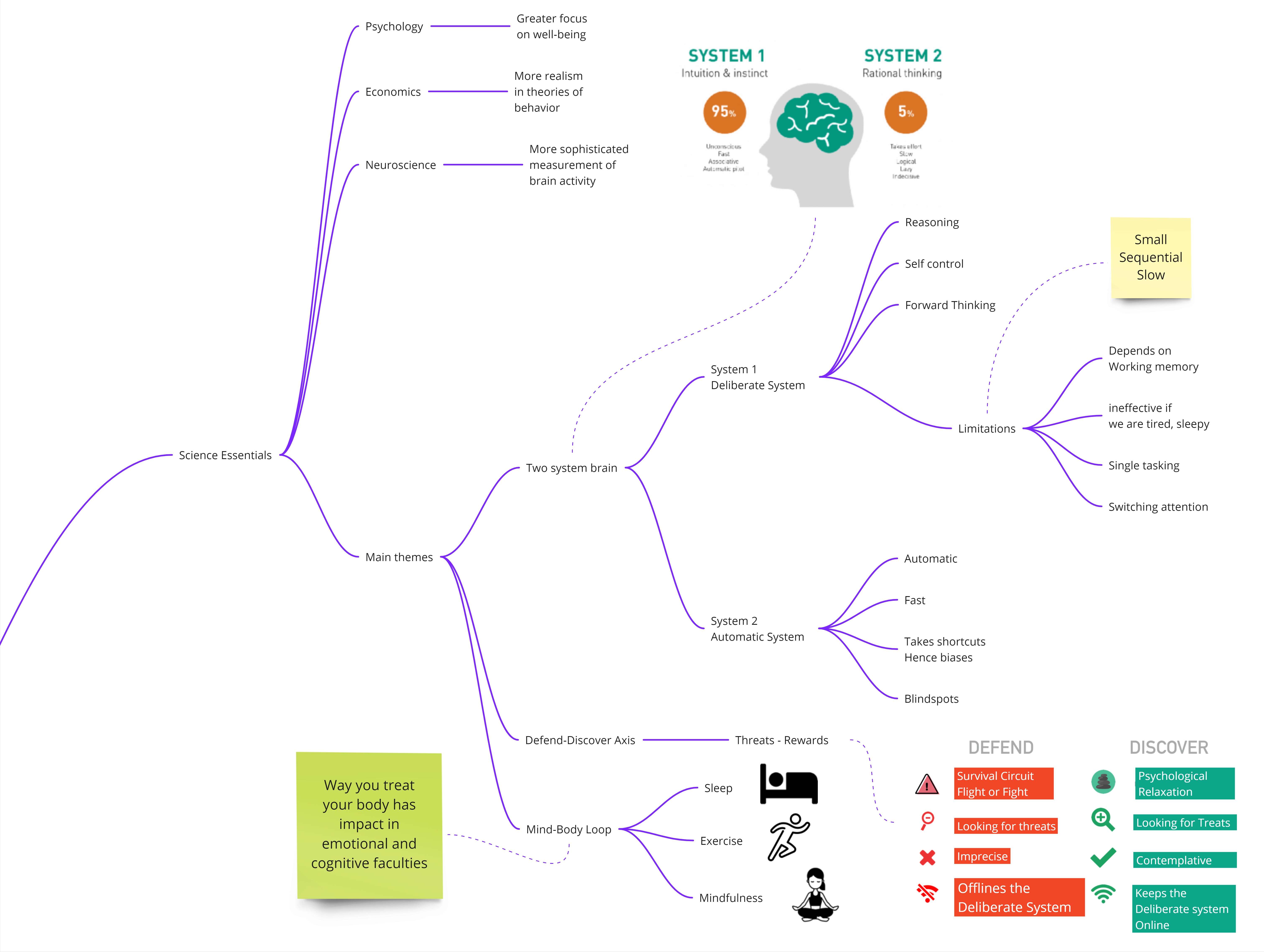
The section goes in to describing three key science based principles underlie most of the chapters in the book
- Two System brain: We all have many systems in our brain based on which we reason, think and take actions. The first one is a deliberate system that is slow, systematic and small. We use this for may be 5 percent of all the tasks that we do in a day. 95 percent of all that we do in a day is driven by Automatic system, a system that is fast, prone to errors, takes shortcuts. Merely recognizing that there are these two systems of thinking helps us ensure that we are using the right system for the right task
- Defend Discover axis: Most of us respond to external environment by assuming a defensive mode or a discover/reward seeking mode. In the former, we see actions as a threat to one-self and hence our decision making becomes imprecise and of course it derails the deliberate system. In the discover side of posturing, we are seeking rewards and hence it actives our deliberate system, makes our thinking precise and is more a psychologically relaxing state
- Mind-Body loop: The way we treat our bodies has immense impact on the way our mind functions. Three crucial elements are Sleep, exercise and mindfulness. By short changing on these elements, we make our deliberate system weak. On the other hand, by taking care of these elements, our decision making systems become that much more better
Priorities
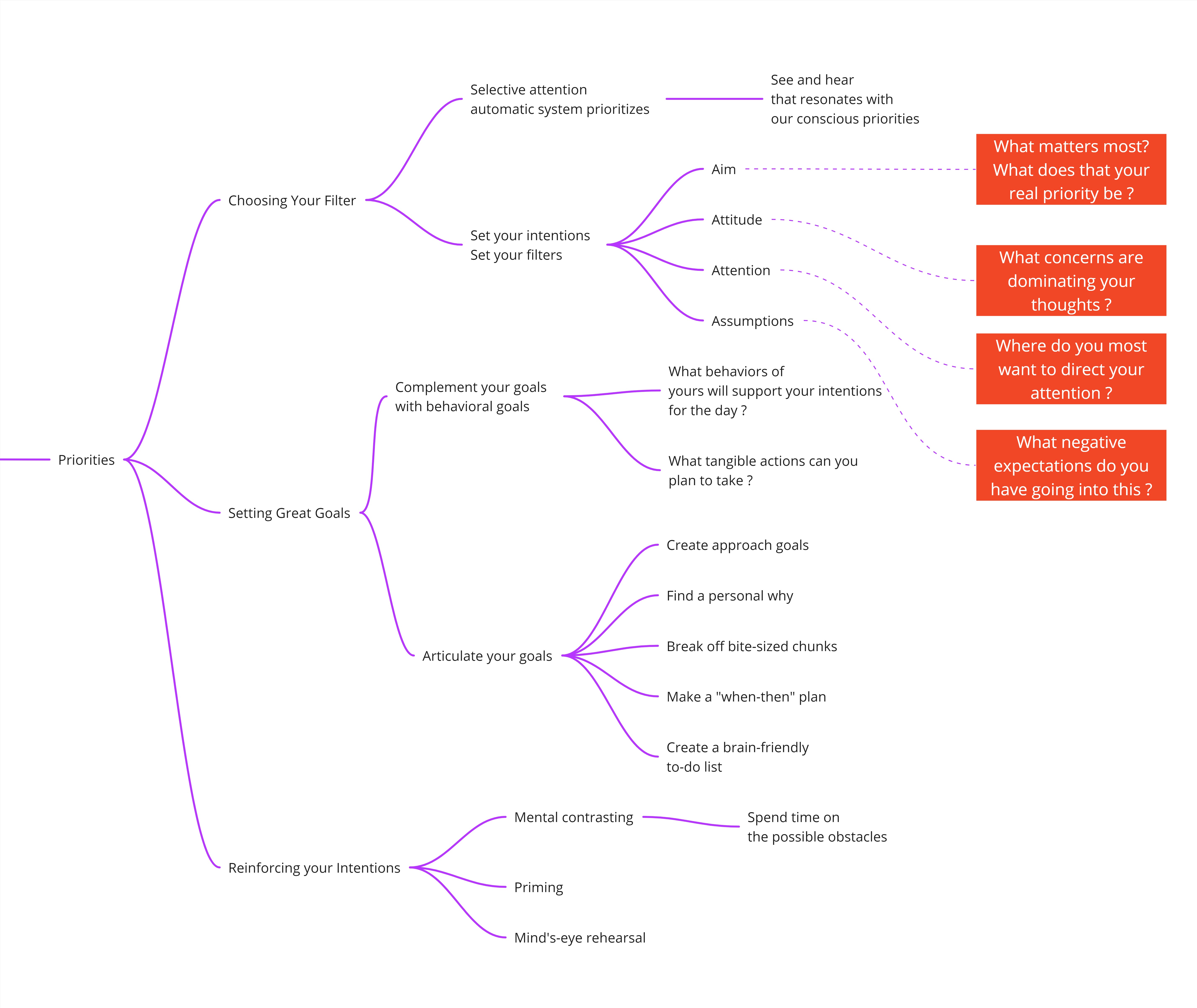
This part of the book is about setting priorities so that we can be less driven by the automatic system in situations where our deliberate system needs to be working on. In any situation, we see the world through the eyes of whatever our automatic system prioritizes. This means that our view of how the world is, largely depends on our priorities. Most often than not, we do not re-reflect on what are our priorities ? By constantly checking our aims, attitudes, assumptions and the things that we are paying attention to, we can ensure that we don’t forget our priorities while performing any task.
Productivity
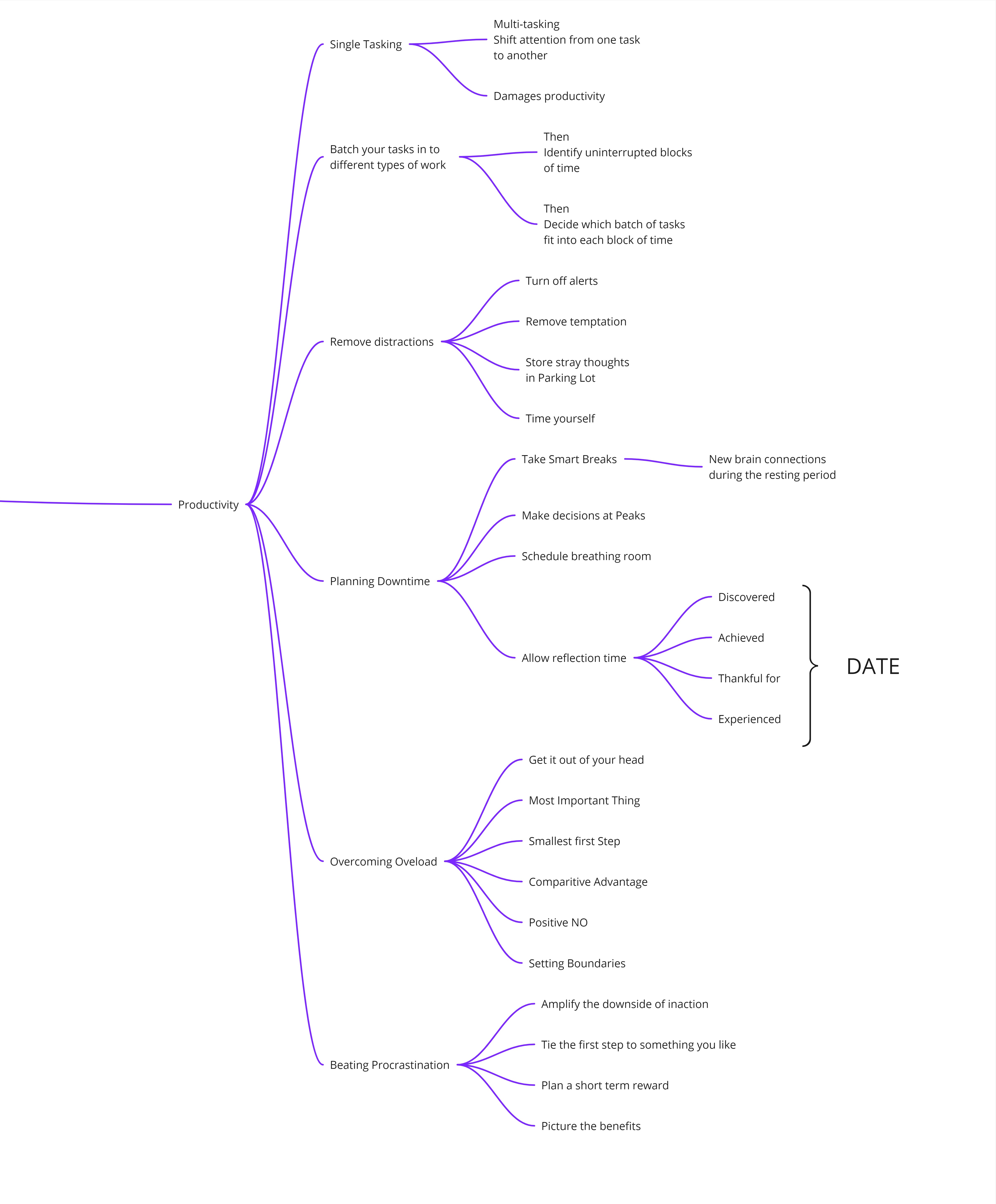
This part of the book is a collection of hacks that I have come across in several other books. The good thing about the section is that all the hacks are in one place. The hacks range from single tasking, taking frequent breaks, taking adequate rest, reflecting on the time spent, removing distractions, … all good stuff that goes hand in hand in developing a productive life.
Over the past decade, the hacks that I have practiced and found useful from the ones mentioned here are :
- Reflect : Regular schedule for reflecting on whatever you do, be it work on a POC, practice music, go for an exercise, learn a new language - I have always found that it is better to reflect on what I have learnt, what I am yet to learn, what are some of the things that surprised me, some of the things that I didn’t do well and could have done well etc. Of course reflecting on the work done on a regular basis needs to be at least a dailyish or weekly activity. There are times when I forget to reflect. Have found an org-mode hack that reminds me visually the days that I have been skipping the activity. This visual cue motivates me to reflect and write something on a daily basis. Is it difficult to find 5 to 10 minutes on a daily basis to reflect ? Not really
- Long Walks: Regular dose of exercise/walk/run. For all the downdays, exercise lifts me out to energetic zone. It was 8 years ago that I was introduced to the pleasure of long walks, all thanks to my wife who dragged me and ensured that I start walking for at least 30 min on daily basis. For reasons unknown to me, I had never actually thought about walk as a substitute to let’s say an hour at the gym. Back then, Walking was something I would take up, if there was no other choice to commute to a place in the city. Walking as a means of exercise, I couldn’t imagine that at all, as I had always used a motorbike for everything, short or long distances with in the city. Thanks to the turn of events in my life, I am now in a place where I can walk for 2 hours to 3 hours at a stretch without getting distracted by traffic noise, auto rickshaws asking whether I would be interested in a ride, beggars asking for alms, stray dogs and puppies trying to distract me from peaceful walks, uneven bumpy roads and pot holes on the road that I need to look out for and many such obstacles. There are no such distractions. In fact these days, I regularly readwalk; pick up a book or ipad and keep reading while I walk for 2 to 3 hours. I have grown to love walking so much that I have made it the highest priority activity in day.
- Music: Something happens to one’s brain if one does deliberate practice of any art form. In my case, regular practice of Sitar has fostered peace amidst all the chaos that happens in a family life. Regular practice of the instrument has softened the edgy/nervous/restless thoughts that I used to have. My thinking process in work related tasks has massively improved because of my immersion in Sitar. Don’t know what is the connection between art and data science work. But I feel the difference that I can’t explain it in simple words.
- Timer : An investment in small physical timer has paid rich dividends. By having a physical timer and setting it to 45 min or 60 min or 30 min or whatever I think a particular task demands, I am able to cut the distractions away and do work on a something for an extended period of time
- Emacs:
org-agendaandorg-modeare two extensions inemacsthat have fundamentally changed the way I do everything on a daily basis. I cannot imagine a life withoutemacsandorg-mode. It helps me manage a range of tasks that need my attention at varying levels of periodicity. - Teach: It is definitely something that has enriched my own understanding of a topic or a subject. My work involves a fair amount of pitching data/services/analytics and hence there are several instances where I have a chance to educate client, prospects on certain topics. By forcing myself to put all my thoughts in a slide deck or a prototype or an app, and then communicate to a specific audience, enhances my own understanding of the topic. Definitely the task of teaching something improves the way I think of that topic, which inturn improves productivity. For the last several years, I have managed to teach online classes that span 3 hours each. Teaching a topic for 3 hours nonstop does demand a lot of energy and preparation. At the same time, it makes doing short presentations like 30 min or 60 min, a very easy task.
- Downtime - On a periodic basis, I try to disconnect from the online world completely for 12 to 18 hours, and use the downtime to think/read books/ try out mini analog-projects
Relationships
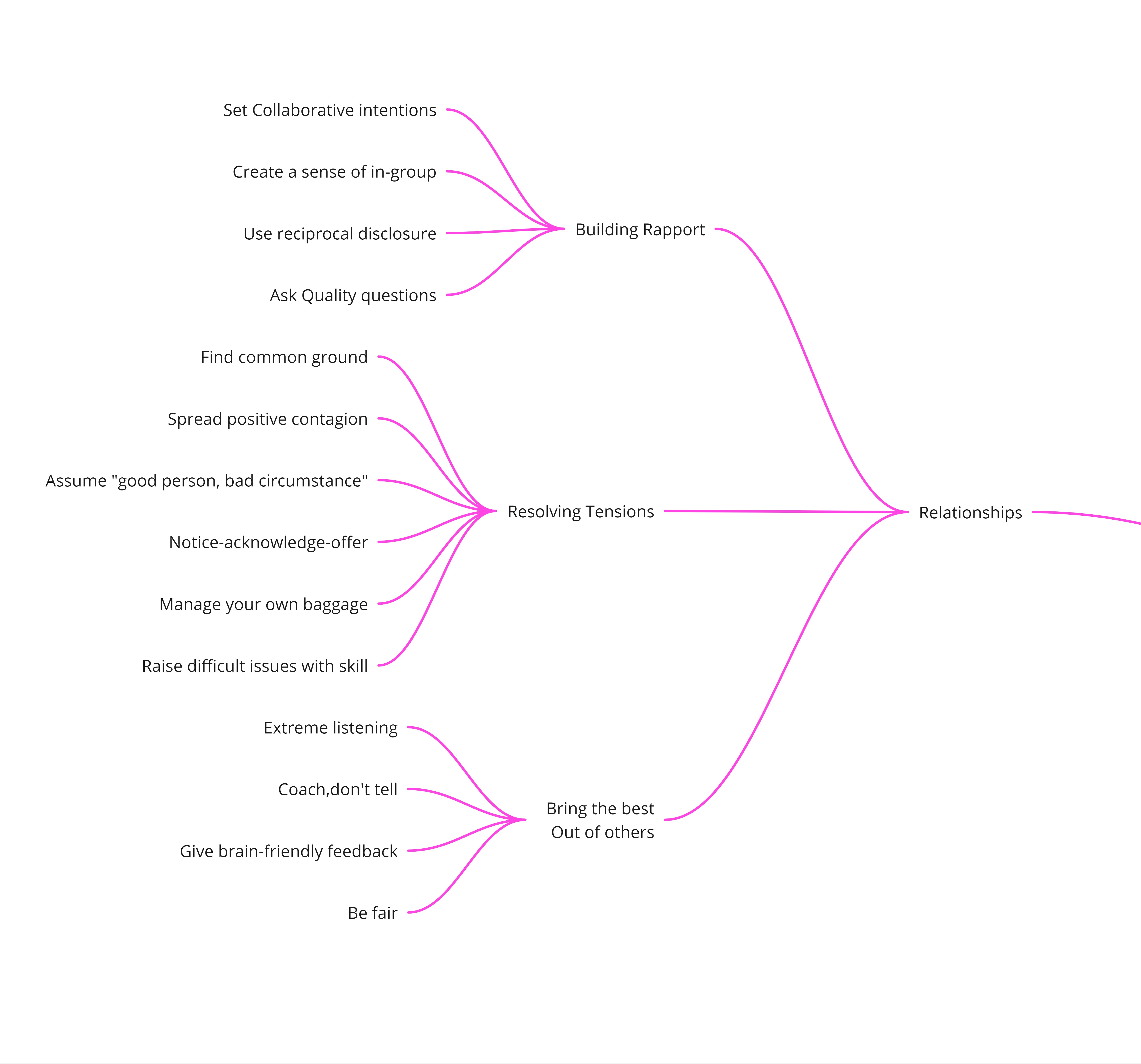
Thinking
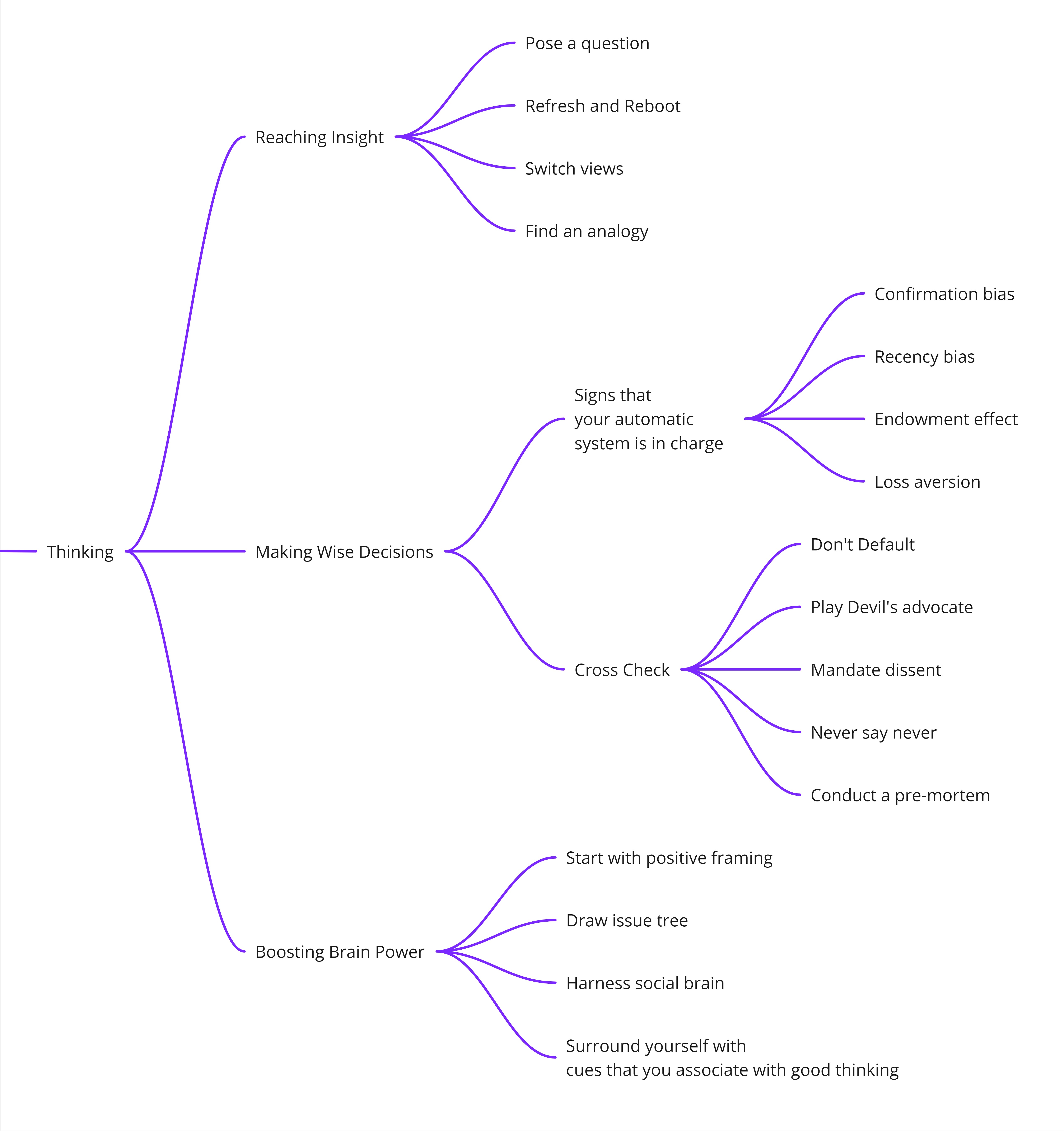
This section is a collection of thinking hacks that would be useful to look at problem in a different, make sure that we make wise decisions. Also given that most of us are knowledge workers, there are enough hacks in the section to ensure that we boost our brainpower so that our decision quality and thinking quality becomes better each day.
Resilience
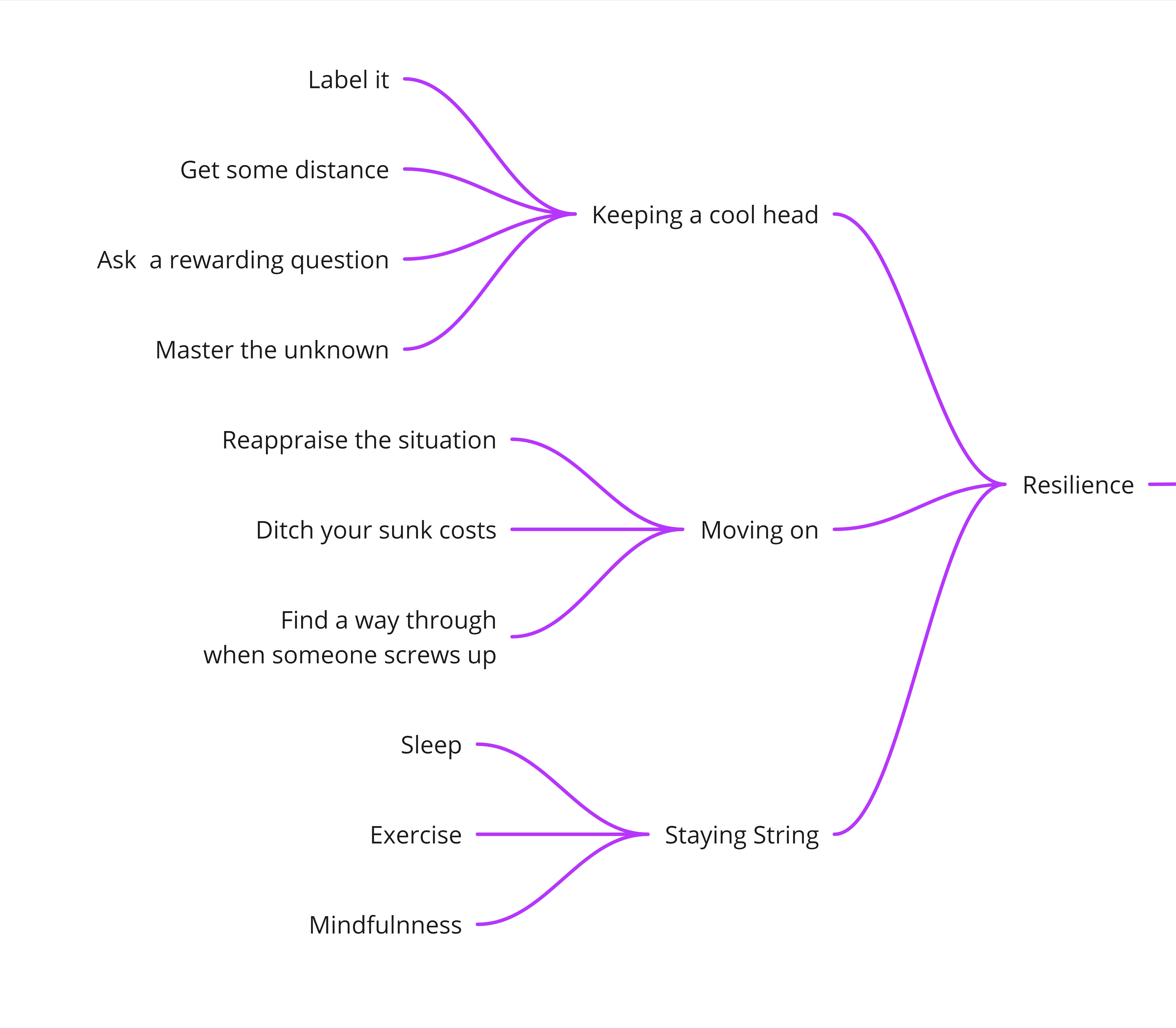
Energy
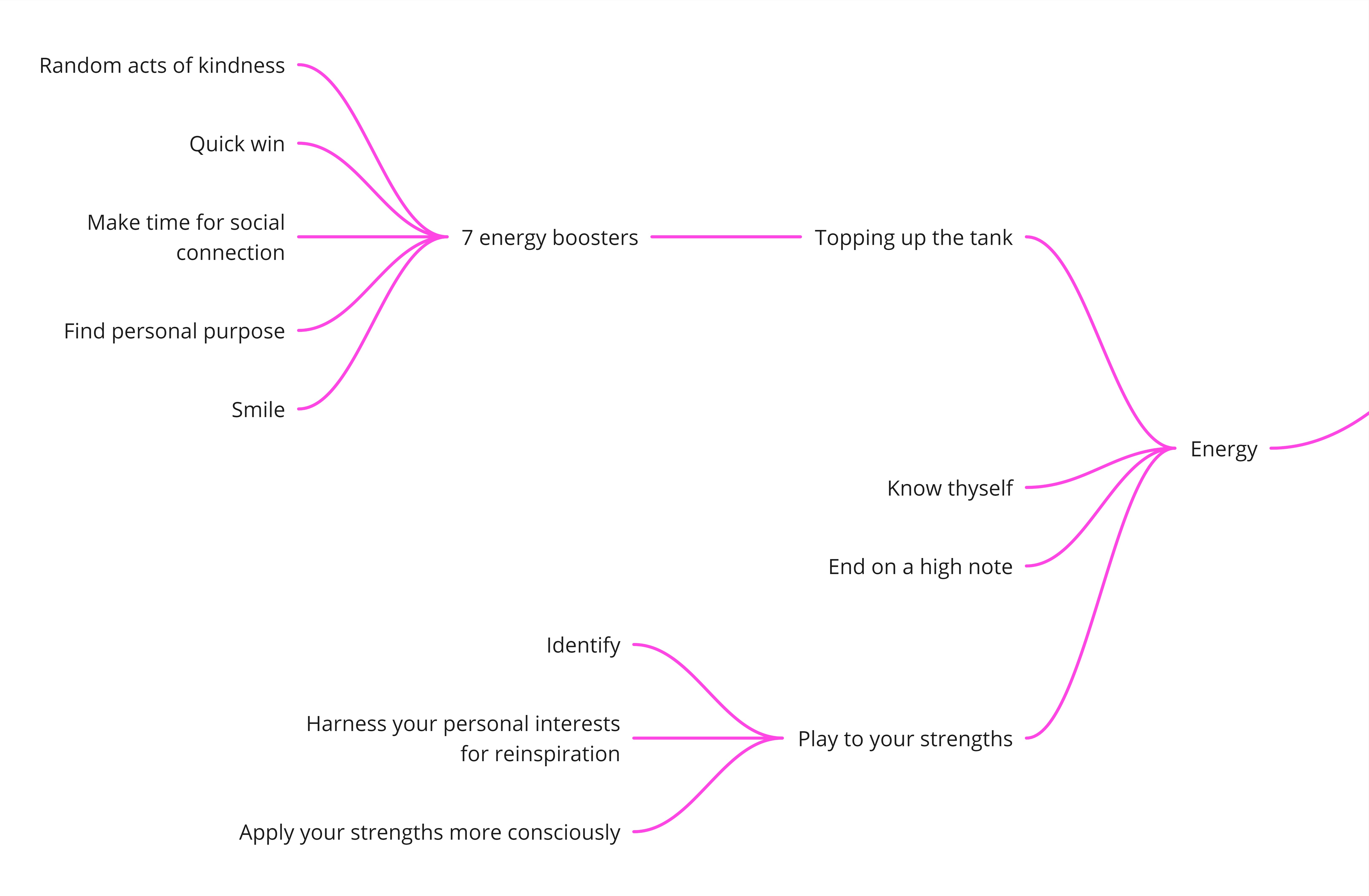
Takeaway
I liked the the initial part of the book that talks about science essentials, priorities and productivity hacks. One can speed read the rest of the book and dip in to sections based on one’s interest. The fact that there is a nice summary of each section given at the end of the book is super helpful if you want to read the summary first and then take a call on going over the contents . This book doesn’t present something new but serves as a nice collection of all the hacks that might be of help to you, if you are struggling to create “good days” in your life.